"""Fabex 'slice.py' © 2021 Alain Pelletier
Very simple slicing for 3D meshes, useful for plywood cutting.
Completely rewritten April 2021.
"""
import bpy
[docs]
def slicing_2d(ob, height):
"""Slice a 3D object at a specified height and convert it to a curve.
This function applies transformations to the given object, switches to
edit mode, selects all vertices, and performs a bisect operation to
slice the object at the specified height. After slicing, it resets the
object's location and applies transformations again before converting
the object to a curve. If the conversion fails (for instance, if the
mesh was empty), the function deletes the mesh and returns False.
Otherwise, it returns True.
Args:
ob (bpy.types.Object): The Blender object to be sliced and converted.
height (float): The height at which to slice the object.
Returns:
bool: True if the conversion to curve was successful, False otherwise.
"""
# April 2020 Alain Pelletier
# let's slice things
bpy.ops.object.transform_apply(location=True, rotation=False, scale=False)
bpy.ops.object.mode_set(mode="EDIT") # force edit mode
bpy.ops.mesh.select_all(action="SELECT") # select all vertices
# actual slicing here
bpy.ops.mesh.bisect(
plane_co=(0.0, 0.0, height),
plane_no=(0.0, 0.0, 1.0),
use_fill=True,
clear_inner=True,
clear_outer=True,
)
# slicing done
bpy.ops.object.mode_set(mode="OBJECT") # force object mode
# bring all the slices to 0 level and reset location transform
ob.location[2] = -1 * height
bpy.ops.object.transform_apply(location=True, rotation=False, scale=False)
bpy.ops.object.convert(target="CURVE") # convert it to curve
if (
bpy.context.active_object.type != "CURVE"
): # conversion failed because mesh was empty so delete mesh
bpy.ops.object.delete(use_global=False, confirm=False)
return False
bpy.ops.object.select_all(action="DESELECT") # deselect everything
return True
[docs]
def slicing_3d(ob, start, end):
"""Slice a 3D object along specified planes.
This function applies transformations to a given object and slices it in
the Z-axis between two specified values, `start` and `end`. It first
ensures that the object is in edit mode and selects all vertices before
performing the slicing operations using the `bisect` method. After
slicing, it resets the object's location and applies the transformations
to maintain the changes.
Args:
ob (Object): The 3D object to be sliced.
start (float): The starting Z-coordinate for the slice.
end (float): The ending Z-coordinate for the slice.
Returns:
bool: True if the slicing operation was successful.
"""
# April 2020 Alain Pelletier
# let's slice things
bpy.ops.object.transform_apply(location=True, rotation=False, scale=False)
bpy.ops.object.mode_set(mode="EDIT") # force edit mode
bpy.ops.mesh.select_all(action="SELECT") # select all vertices
# actual slicing here
bpy.ops.mesh.bisect(
plane_co=(0.0, 0.0, start),
plane_no=(0.0, 0.0, 1.0),
use_fill=False,
clear_inner=True,
clear_outer=False,
)
bpy.ops.mesh.select_all(action="SELECT") # select all vertices which
bpy.ops.mesh.bisect(
plane_co=(0.0, 0.0, end),
plane_no=(0.0, 0.0, 1.0),
use_fill=True,
clear_inner=False,
clear_outer=True,
)
# slicing done
bpy.ops.object.mode_set(mode="OBJECT") # force object mode
# bring all the slices to 0 level and reset location transform
ob.location[2] = -1 * start
bpy.ops.object.transform_apply(location=True, rotation=False, scale=False)
bpy.ops.object.select_all(action="DESELECT") # deselect everything
return True
